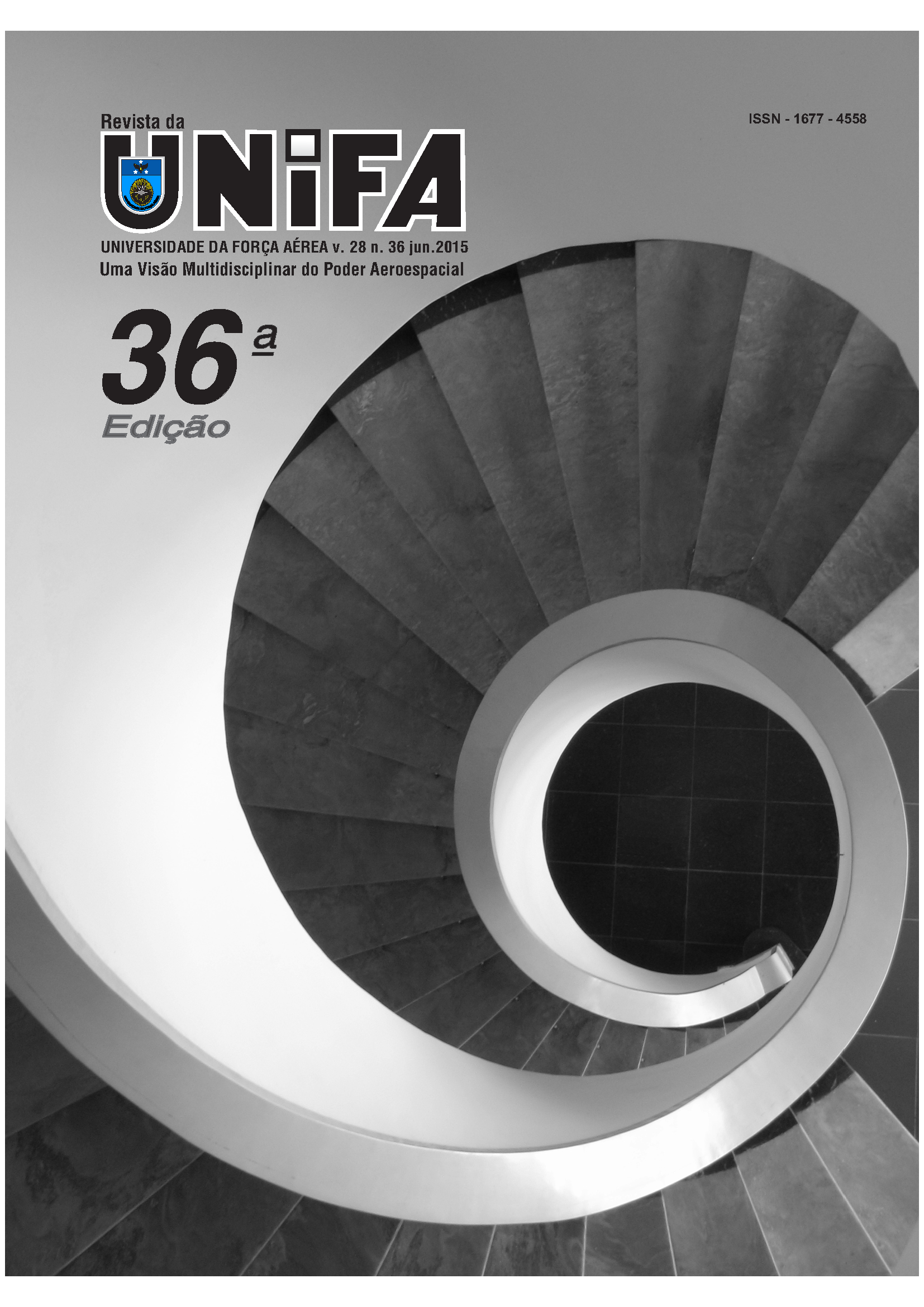Comparative analysis of the effectivenesses in the face-to-face and online modes of education of the Brazilian Air Force’s Institute of Logistics
DOI:
https://doi.org/10.22480/revunifa.2015.28.395Keywords:
Distance education, Online education, Classroom education, Professional trainingAbstract
The online education is characterized by a learning process in which students and teachers use means of information and communication technologies, developing educational activities in different places or times. Thus, this article aims to identify the effects of the migration from classroom to online education held by the Brazilian Air Force Logistics Institute (ILA) from 2009 to 2013 and the professional training provided to employees who work at the aerospace logistics. Since attitudes and performances of teachers, and other factors, form the basis of the effectiveness of each modality, the surveys submitted to the ILA instructors and tutors on common teaching practices to educational modes had their answers compared. The result of the comparisons was used as a tool to infer up on professional training provided by ILA in each modality, at the considered period. Through this study, it was concluded that the Online Education provided higher effectiveness of learning than classroom education in addition to the benefits relating to lower overall costs and lower impact on the students` productivity.
References
ALMEIDA, M. E. B. Educação a distância na internet: abordagens e contribuições dos ambientes digitais de aprendizagem. Educação e pesquisa. São Paulo, v. 29, n. 2, p. 327-340, 2003. ISSN 1517-9702.
AUSUBEL, D. P. Educational psychology: a cognitive view. New York: Holt Rinehart and Winston, 1968.
BRAGANÇA, R. C. M. A avaliação em educação a distância. Disponível em: . Acesso em: 14 mar. 2014.
BRASIL. Comando da Aeronáutica. Comando- Geral de Apoio. Sistema de capacitação do pessoal da logística. ICA 37-563. Rio de Janeiro, 2014.
______. Decreto 5.622/05. Diretrizes e Bases da Educação Nacional. Brasília, DF: Presidência da República, 2005.
DALE, E. 3rd edition of audio-visual methods in teaching. New York: Dryden, 1969.
HERMAN, T.; BANISTER, S. Face-to-face versus online coursework: a comparison of costs and learning outcomes. Contemporary issues in technology and teacher education, 7(4), p. 318- 326, 2007.
KOKEMULLER, N. Online learning vs. classroom learning. Disponível em: . Acesso em: 27 mar. 2014.
LEFFA, V. J. Interação virtual versus interação face a face: o jogo de presenças e ausências. In: CONGRESSO INTERNACIONAL DE LINGUAGEM E INTERAÇÃO, 2005, São Leopoldo. Trabalhos apresentados no Congresso Internacional de Linguagem e Interação. São Leopoldo: Unisinos, 2005.
MOREIRA, M. A.; MASINI, E. F. S. Aprendizagem significativa: a teoria de David Ausubel. São Paulo: Moraes, 1982.
PRETI, O. Educação a distância: inícios e indícios de um percurso. NEAD/IE. Cuiabá: UFMT, 1996. 188p.
SANTOS, C. H. A sistemática de planejamento de cursos na modalidade EAD online aliada à construção da aprendizagem significativa. Artigo Científico (Curso de Aperfeiçoamento de Oficiais da Aeronáutica)- Escola de Aperfeiçoamento de Oficiais da Aeronáutica, Universidade da Força Aérea, Rio de Janeiro, 2013.
VALENTE, J. A. Diferentes usos do computador na educação. In:______. Computadores e conhecimento: repensando a educação. Campinas: Editora da UNICAMP, 1993.
VIEGA, S. Como utilizar a escala de Likert em análise estatística. Disponível em: Acesso em: 01 maio 2014.
VYGOTSKY, L.S. Formação social da mente. São Paulo: Martins Fontes, 1984.
Downloads
Published
Issue
Section
License
Copyright (c) 2022 The Journal of the University of the Air ForceRevista da UNIFA permite que o (s) autor (es) mantenha(m) seus direitos autorais sem restrições. Atribuição-NãoComercial 4.0 Internacional (CC BY-NC 4.0) - Revista da UNIFA é regida pela licença CC-BY-NC









